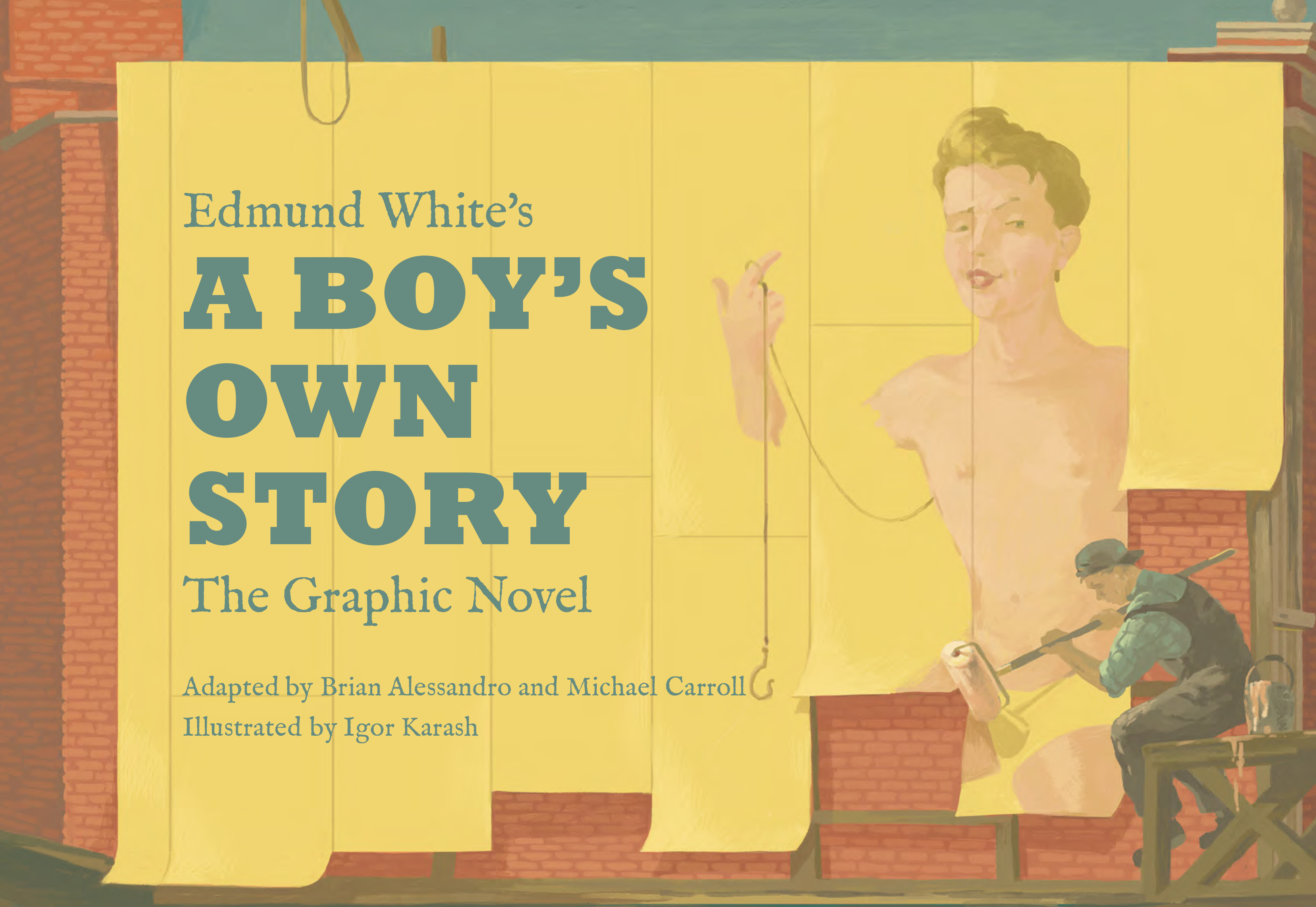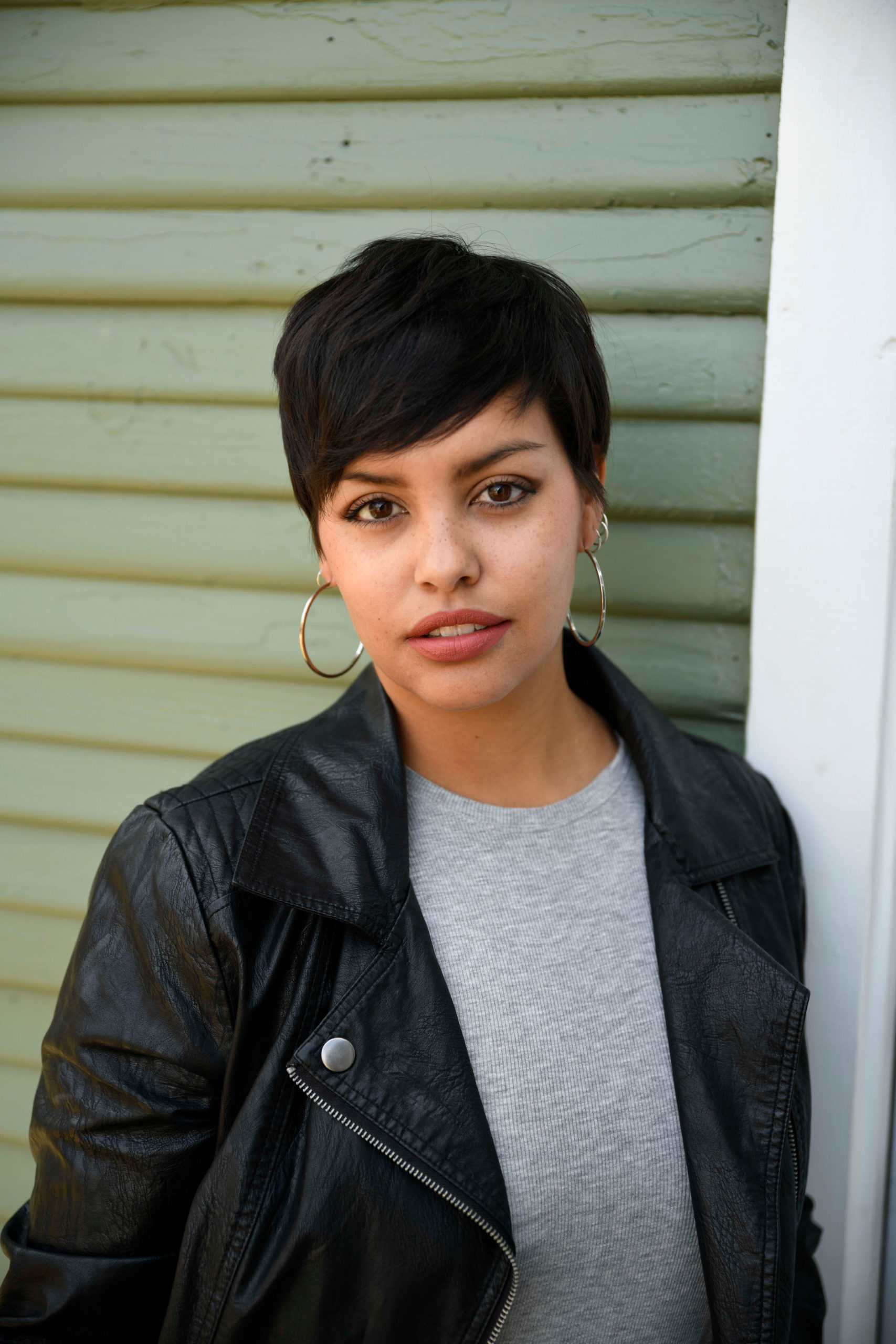
by Michele Kirichanskaya | Jan 9, 2023 | Blog
ABOUT EDMUND WHITE’S A BOY’S OWN STORY: THE GRAPHIC NOVEL A landmark American novel, hailed by the New York Times as J.D. Salinger crossed with Oscar Wilde, is masterfully reimagined as a timeless graphic novel. A Boy’s Own Story is a now-classic coming-of-age story,...

by Michele Kirichanskaya | Jul 17, 2022 | Blog
Alex Temblador is the Mixed Latine award-winning author of Half Outlaw and Secrets of the Casa Rosada, which received numerous industry accolades including Kirkus Reviews’ Best of YA Books 2018 and the 2019 NACCS Tejas Foco Young Adult Fiction Award. She is a...




